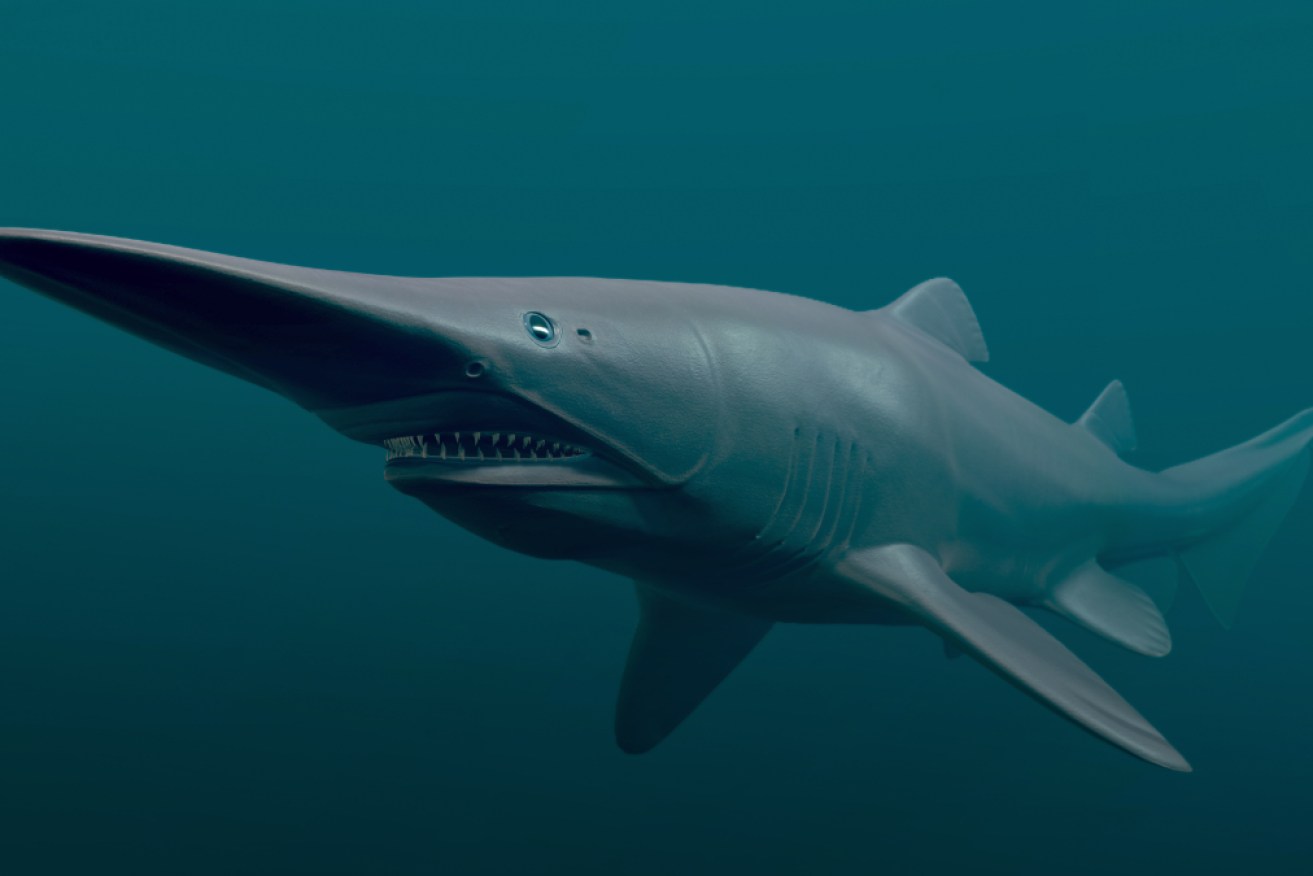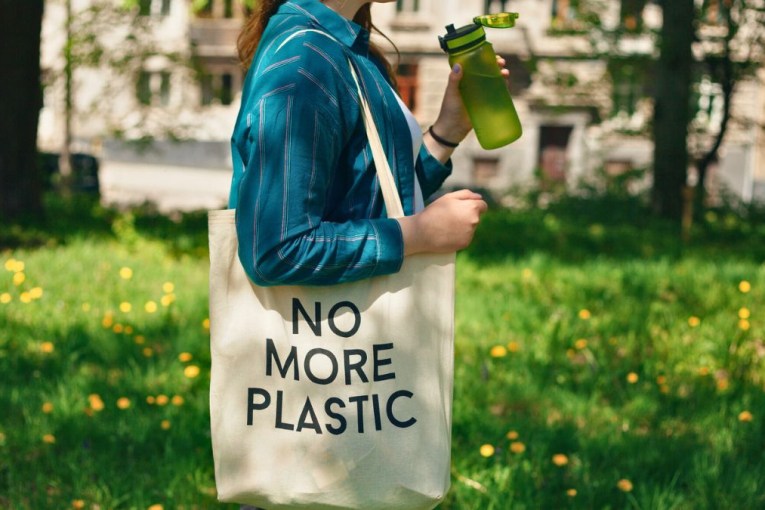Toy shark plays with scientists’ reputations


3D rendered deep sea Goblin Shark. Image: Getty Image: Getty
The scientific community is all at sea over a study claiming a rare goblin shark washed ashore on a beach in Greece.
Shark experts and internet sleuths have come together to investigate the discovery, suggesting that the specimen might be a child’s toy.
According to The New York Times, the sea creature was allegedly discovered by Giannis Papadakis in August 2020.
Mr Papadakis snapped a photo of his discovery, which found its way to a group of local scientists who published it alongside reports of other species found in the Mediterranean.
They did so without directly examining the shark, relying solely on the photo and brief description provided by Mr Papadakis.

Comparison of goblin shark specimen found by a citizen scientist on the island of Anafi in Greece and a juvenile female found in Japan. Photo: Giannis Papadakis, Nicholas Straube
Little is known about deep-sea dwelling goblin sharks as sightings are rare, according to Oceana, an international organisation dedicated to protecting the world’s oceans.
Most scientists’ knowledge of this species results from their accidental capture in fisheries targeting other species.
Mr Papadaki’s discovery, if legitimate, would be the first recorded instance of the species being found in the Mediterranean Sea.
‘Didn’t look right’
Some experts doubted the shark’s authenticity, challenging its appearance and questioning the lack of direct examination.
“It didn’t look right,” said Dr David Ebert, author of the book Sharks of the World.
“It’s too small, and its gills don’t look like they’re actually open,” he told The New York Times. “It doesn’t look natural at all.”
In November 2022, a group of researchers published a comment paper challenging the discovery.
“We have doubts,” they wrote, that the goblin shark in the original paper “is a natural specimen.”
The experts noted the specimen’s lack of teeth and overly rounded fins. They said it also appeared to have a low number of gill slits which were not typically found in goblin sharks.
In response, the scientists doubled down, standing by their original claims. But they revised their size estimate of the specimen from 76cm to about 18cm. They suggested it could be an embryo.
The response from experts was swift: “Embryos of this size are not viable,” said independent shark researcher Jürgen Pollerspöck.
Then a photo surfaced on social media, which raised doubts further.
It was an image of a plastic goblin shark sold by Italian toy-maker, DeAgostini.
Mystery over
The uncanny resemblance seemed fishy.
Mr Jürgen Pollerspöck said the toy “[showed] a great similarity to the specimen in the published image”.
Experts online agreed.
“The mystery comes to an end. It’s a toy shark,” wrote deep-sea ecologist Andrew Thaler.
Tweet from @DrAndrewThaler
And it wasn’t just marine scientists – plastics experts were also dubious.
“I think it’s very possible that it could be [a] degraded plastic toy,” Joana Sipe, a plastic degradation researcher at Duke University, told Gizmodo.
Paper retracted
Sipe said she couldn’t be sure, as the only way to determine the material would be to inspect it directly. However, many aspects of the photo suggest the “shark” could be a moulded synthetic material.
In what could be construed as an acknowledgment of error, last week, the original paper was retracted, albeit without any comment from its publishers or the scientists.
Experts say the incident highlights issues around the scientific peer review process and also rates of plastic pollution in the oceans.
“In my opinion, the problem and responsibility lies with the editor of the journal and the reviewers,” Mr Pollerspöck said.








